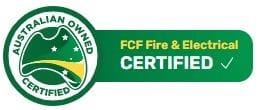How Restaurants Should Implement Fire Safety
Restaurants face particular fire risks that are not present in other environments. With the open flames, paper products, cleaning chemicals, cooking oils, electrical connections, and hot equipment hazards from cooking processes have all of the materials for a fire to blaze out of control. In addition to juggling the daily challenges of operating a profitable restaurant, fire safety management is very likely to be the last thing on the restaurateur's mind. It's important to Implement Fire Safety In your restaurant.
But as every skilled restaurateur understands, using adequate fire protection methods is paramount to the ongoing safety compliance of the restaurant, and might help to prevent injury and serious costs and disruption to their business.
The presence of cooking equipment and the possibility of grease fires can endanger both customers and employees. Planning ahead when designing the place can improve the fire safety of a restaurant. Once the restaurant opens for business, all kitchen equipment must be maintained and fire equipment in the kitchen should be provided to quickly extinguish fire before they spread.
A fire can destroy any business, leading to lost revenues and even permanent closure. But there are actions you can take to avoid fires and reduce the damage. Here are some tips to Implement Fire Safety for restaurant owners:
Carry Out Regular Fire Risk Assessments
A fire risk assessment differs from a standard risk assessment in that it especially identifies the chances of a fire breaking out on the premises but lots of restaurants don't carry out a separate risk assessment for fires. When carrying out a fire risk assessment, follow this simple five-step process:
- Step 1 Identify those at risk
- Step 2 Identify fire hazards
- Step 3 Evaluate risk
- Step 4 Keep a record of your findings
- Step 5 Review monthly, and keep a record of any changes
Follow Basic Fire Safety Rules
No matter what the business there are a few fire safety rules which most commercial business premises share. Here are a few of the Reasons your should implement fire safety basics to reduce the risk of fire:
- Fit an advanced fire alarm to provide early warning of fire
- Keep fire escape routes free from obstructions
- Provide a safe exit route
Preventative Maintenance
- Install an automatic fire-suppression system in the kitchen. This is crucial because restaurant fires involve cooking equipment. These systems automatically dispense chemicals to suppress the flames and also have a manual switch. Activating the system automatically shuts down the fuel or electric supply to nearby cooking equipment. Have your fire-suppression system professionally inspected semiannually.
- Keep portable fire extinguishers as a backup. Restaurants need Class F extinguishers for kitchen fires involving grease, fats, and oils that burn at high temperatures. Class F fire extinguishers are only intended to be used after the activation of a built-in hood suppression system. Keep Class ABE extinguishers elsewhere for all other fires (paper, wood, plastic, electrical, etc.).
- Implement fire safety training and Schedule regular maintenance on electrical equipment, and watch for hazards like frayed cords or wiring, cracked or broken switch plates and combustible items near power sources. Have your exhaust system inspected for grease buildup. Monthly inspections are required for exhaust systems serving solid-fuel cooking equipment, like wood- or charcoal-burning ovens
Staff Fire Training
Train your staff to:
- Use a fire extinguisher appropriately. An acronym you may find helpful is PAST pull out the pin, aim at the base, make a sweeping motion, Ten feet away.
- Remove all the grease. Cleaning exhaust hoods is especially important since grease buildup can restrict airflow. Be sure to also clean walls and work surfaces; ranges, fryers, broilers, grills, and convection ovens; vents and filters.
- Never throw water on a grease fire. Water tossed into grease will cause grease to splatter, spread and likely erupt into a larger fire.
- Remove ashes from wood- and charcoal-burning ovens.
- Ensure cigarettes are out before dumping them in a trash receptacle. Not to smoke in or near storage areas.
- Keep flammable liquids properly. Keep them in their original containers or puncture-resistant, tightly sealed containers. Store containers in well-ventilated areas away from supplies, food, food-preparation areas or any source of flames.
- Clean up to avoid fire hazards. Store paper products, linens, boxes and food away from heat and cooking sources. Properly dispose of soiled rags, trash, cardboard boxes and wooden pallets at least once a day.
- Use chemical solutions properly. Use chemicals in well-ventilated areas, and never mix chemicals unless directions call for mixing. Immediately clean up chemical spills.
Have An Emergency Plan
In case a fire breaks out in the restaurant, the staff members need to take control of the situation and guide customers to safety.
- Be ready to power down. Train about one individual every shift the best way to turn off electric power as well as gas in case of emergency.
- Have an evacuation plan. Designate one staff member every shift to be an evacuation supervisor. The individual must be in charge to contact emergency services, determining when an evacuation is actually needed & ensuring that everybody exits the restaurant easily. Ensure your staff knows where the closest exits are, based on the area they are in the restaurant.
- Conduct Emergency training. Train new workers regarding the evacuation methods and the use of fire safety equipment. Give old staff members a refresher course at least annually.
If your Restaurant needs help to implement fire safety regulations our expert team are equipped with the knowledge and experience to provide a comprehensive fire safety service for your Restaurant. We also offer first response fire training online, Hydrant testing, RCD testing, and the new 5-year exit light warranty. Installation of Fire extinguishers, Fire detection systems, Electrical works and many more.

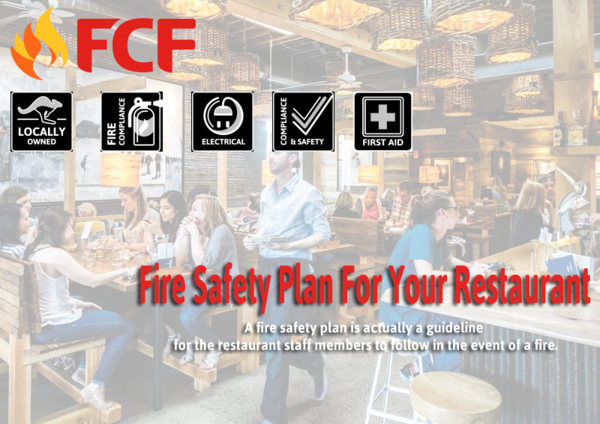
)
)
)
)
)
)
)
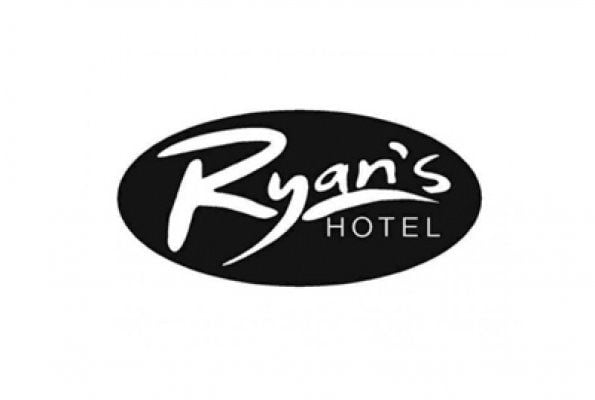)
)
)
)
)
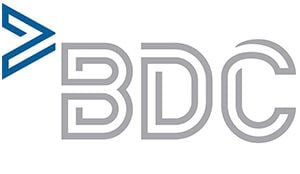)
)
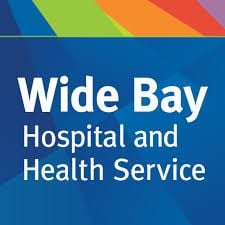)
)
)
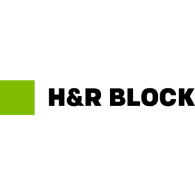)
)
)
)
)
)
)
)
)
)
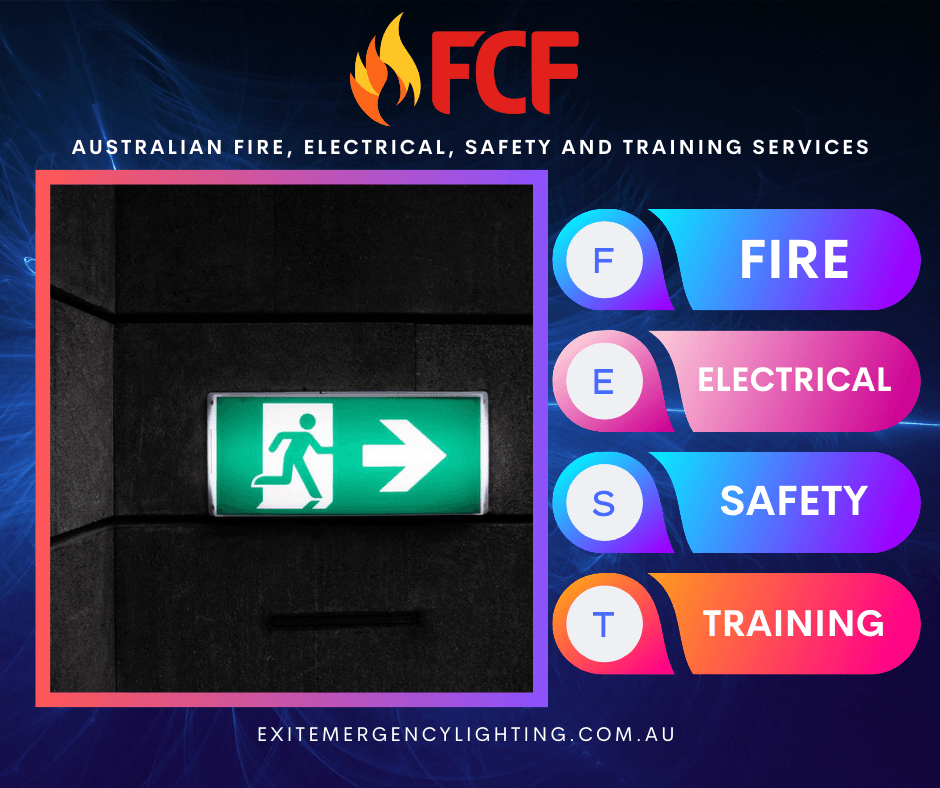)


